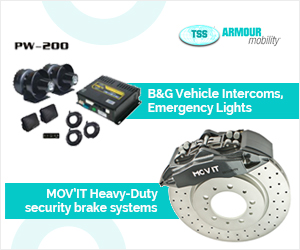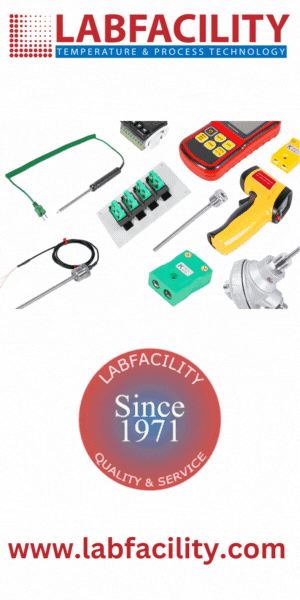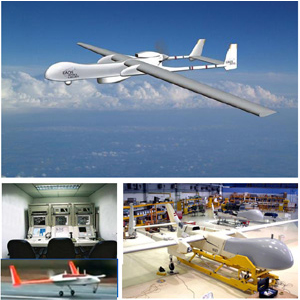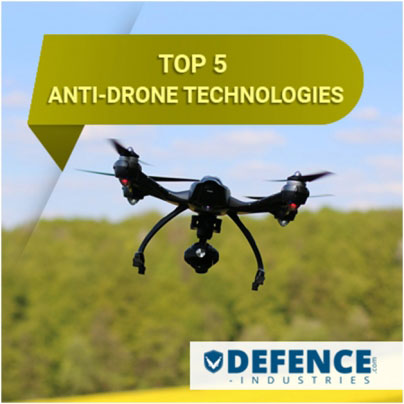Connexion of Head-Up Display and Enhanced Flight Vision Systems
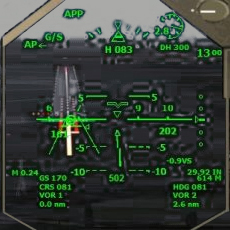
Its been more than 50 years fighter aircrafts started equipping with Head-Up Displays (HUD) that projects key information, targeting crosshairs etc to the pilot onto a seemingly clear piece of glass allowing pilots to keep their eyes in the sky and avoid looking down at their instruments. More innovations took place with a creation of Helmet-Mounted Displays (HMD) or Head Worn Displays (HWD) to fix Head-Up Displays inside the pilots helmet to provide the same information even when the pilot not looking straight ahead.
A huge and dynamic amalgamation of systems has taken place in recent years to optimize the workability of Head Up Displays in the flights cockpits. This resulted because of the demand, as the instrument became standard equipment in all kinds of flights and jets worldwide. In this process Enhanced Vision Systems (EVS) and Synthetic Vision Systems (SVS) evolved and are assembled in Head Worn Displays, which are started using by military since 1980s and slowly adapted by the whole industry. Technically called as Helmet-Mounted Displays these Head Worn Displays not only duplicate the information on instrument displays but also play the role of flight guidance systems by providing additional flight cues and indicators.
DASH (Display and Sight Helmet) system is already implemented by Israelis during NATO exercises. So, helmet-mounted displays turned must-haves for modern fighters and led the industry to come-up with lot of partnerships. Elbit entered in partnership to take DASH to the next level.
Head Worn Displays plays a vital role in the process of empowering Head-Up Displays with enhanced vision system. The four basic components of Head Worn Displays are.
- A mounting platform, which can be as simple as a headband or as sophisticated as a full flight helmet. In addition to serving as an attachment point, the system must be able to provide the stability to maintain the critical alignment between a pilots eyes and the Head Worn Displays viewing optics.
- An image source for the information imagery that is optically presented to the pilots eyes. Advances in miniature displays have produced a wide selection of small, lightweight and low-power choices at moderate cost, while meeting the demands of high luminance and resolution.
- Relay optics, which relay to the eyes the information produced by the image source. Relay optics typically consist of multiple elements, usually lenses. The last element is the beam-splitter. Initial designs for commercial aviation are expected to be monocular with the beam-splitter in front of one eye;
- A head-tracker, which is optional if the Head Worn Displays is used only to present information with symbols but required if Enhanced Vision Systems and Synthetic Vision Systems imagery is to be presented. With this equipment, the pilots directional line of sight must be recalculated continuously and used to point the sensor in the EVS forward-looking infrared (FLIR) camera in the same direction or to select Synthetic Vision Systems data that correlates with the pilots line of sight. Presentation of FLIR or synthetic imagery requires a preflight procedure called bore sighting, which aligns the sensors line of sight with the pilots line of sight.
The unique advantages of Head Worn Displays like.
- Pilots get an almost unlimited see-through field of vision, which enables them to look anywhere without losing sight of the head-up flight information.
- The look-around capability opens gives an increased use of enhanced vision systems (EVS) and synthetic vision systems (SVS)
- A greater situational awareness during low visibility takeoff and landing conditions are provided to pilots with these advanced vision systems
- The beam- splitter with a transparent glass or plastic plate mounted inside the windshield placed in front of a pilots eyes or one eye accomplishes an optical device to reflect imagery with a see-through vision.
Optimized Technology for More Efficiency
The next generation is going to see innovations in these systems as NAS, NASA and many other international organizations involved in the connexion process of the Head-Up Displays and other systems to enhance it. With the refined features and advantages Head Worn Displays are almost replacing the Head-Up Displays, since it provides Head-Up Displays -equivalent capability. As per NASA report FAA guidance are to be referred to evaluate the requirements for a Head Worn Displays to meet a “Head-Up Displays - equivalent” capability. The reference points include the following.
- The display should provide the Enhanced Vision image and spatially-referenced flight symbology so that they are aligned with and scaled to the external view (i.e., conformal rendering).
- The display should be located so the pilot is looking forward along the flight path (i.e., looking at and through the imagery to the out-of-the window view) to readily enable a transition from Enhanced Flight Vision System imagery to the out-the window view.
- The display should not require the pilot to scan up and down between a head down display of the image and the out-the-window view looking for primary flight reference information. This transition would otherwise be hindered by repeatedly re-focusing from one view to the other.
The above requirements suggest that a Head-Up Displays - equivalent display must provide conformal imagery; therefore, the Head Worn Displays must use head-tracking to create a “Virtual Head-Up Displays” concept. While, the Virtual Head-Up Displays concept is not new. The F-35 is working toward making the Head Worn Displays a Head-Up Displays replacement. However, achieving this capability for business and commercial aircraft is a formidable challenge.
Major Markets
So, the commercial and business aircrafts have three potential markets that give huge scope for a Head Worn Displays Head-Up Displays – equivalent majorly because of the disadvantages in Head-Up Displays. These markets are.
- Because of the volume or weight Head-Up Displays installation is not possible or practical
- The Head-Up Displays retro-fit is not cost-effective
- Head Worn Displays installation has a return-on-investment advantage to the Head-Up Displays.
At every moment of operation of these systems artificial intelligence holds their control. So, the primary innovation regarding artificial intelligence in flights is the inclusion of a new and improved flight model system. At times FM do not reach a high-level of realism, this leads to rely on animations to supplement flight dynamics equations. In the absence of detailed angle of attack modeling and the influence of cross wind led to problems during advanced maneuvers. Hence, artificial intelligence works as a third pilot in the cockpit and performs various roles in supporting the flight safety features.
The markets out there are not only about the equipments industry, but also the supporting industries like software, components for the Head Worn Displays – since each component comes from different specialized industry, plastics for the system body structure etc.


